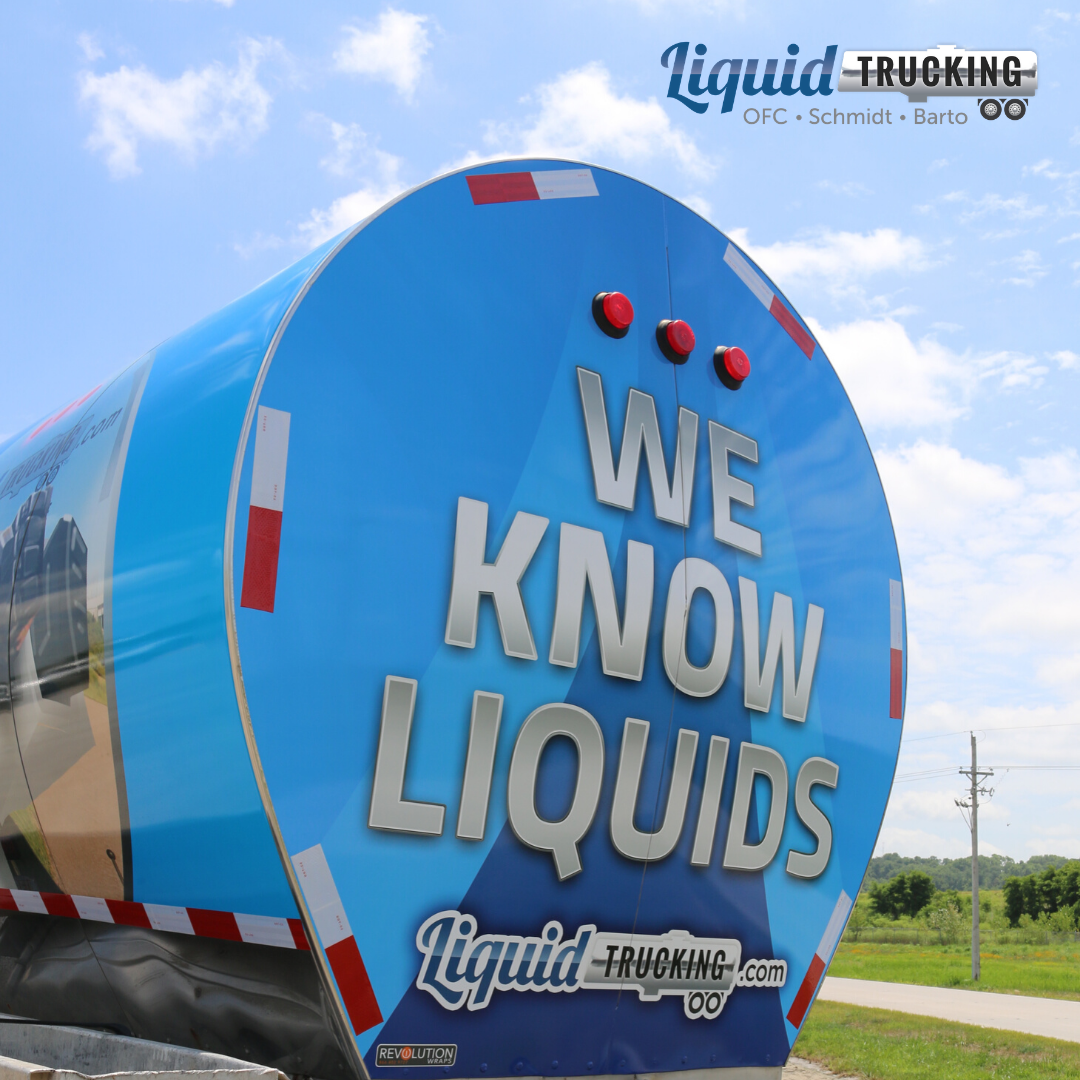Food-grade tanks are used for items that people will eventually eat. These tanker trucks are designed especially for transporting dry bulk cargo, liquid loads, condensed gases, or food items around the nation. Keep reading to learn more about food-grade tanks!
The Design of Tankers
You can identify tankers by the unique shape. They are made of tanks shaped like cylinders that lay horizontally on the body of the vehicle. They might also have refrigeration capabilities, comply with food regulation standards, resist acid, or have pressurization capabilities.
The biggest tankers are ones that are like railroad tanks, and they are designed for liquid loads. There are many different tanks available, and each one has been adapted to meet the different kinds of loads that the vehicle will move around. Because they have a bigger center of gravity, they can be harder to drive.
Often, tanks are made from carbon steel, aluminum, fiberglass reinforced plastic, or stainless steel. The kind of food that the truck is transporting will determine the kind of material that the company uses to make the truck.
How Larger Tanker Trucks Are Used
In the United States, large tanks can usually hold around 5,500 to 11,600 gallons, and these are the ones that are usually used to transport chemicals, gasoline, or food liquids, such as milk.
In some food-grade tanks, there are as many as six different compartments. That way, the company can deliver different products at once while being more efficient. That is good if a company needs to transport different kinds of milk, for instance. That might include skim, whole, and 2 percent milk.
About Smaller Tanks
Smaller tanks can only hold somewhere around 3,000 gallons, and these are often used to move smaller liquid loads around smaller areas. That includes septic service tanks, which are used to clean several septic tanks and then move the contents to collection sites.
Small tank trucks can also transport liquid petroleum gas to people’s homes. The truck might hold around 1,000 gallons of the pressurized gas in each of the tanks.
Food-Grade Tank Trucks
Food-grade trucks are specifically designed to move liquid foods around. Often, the trucks are made out of 304 stainless steel, which is food-grade. The most common item that a food-grade tank truck carries around is milk. But there are also several other items that can go into this kind of truck. These items can commonly include:
- Liquid Dairy Products
- Alcohol
- Fruit Juices
- Vegetable Oils
- Sugar Alcohols
- Corn Syrup
- Vinegar
Sanitizing Tank Trucks
There are certain sanitation and safety codes that food-grade tanks have to meet before they are allowed to transport beverages or food items. The Food and Drug Administration (FDA) is very strict on the laws that regulate these kinds of tanks. For instance, they must have tamper-evident seals. They need to be non-resealable and can only be used once. They are nearly impossible to tamper with, and they must be easy to identify.
They need to be made out of cinchable, noncorrosive, and nontoxic materials. Anything that is used to clean a food-grade tanker also has to be food-grade. A third party has to have confirmed that the tanker will meet the performance that it was advertised as having. That makes it harder for the manufacturer to lie about its safety.
Closing Thoughts
When it comes to food-grade tanks, there is a range of different products you can transport in them. Luckily, Liquid Trucking has experience hauling a variety of food-grade liquids. If you need to transport your own food items, don’t hesitate to reach out to us. You can visit our website or give us a call at 844-GO-TANKS for more information!
